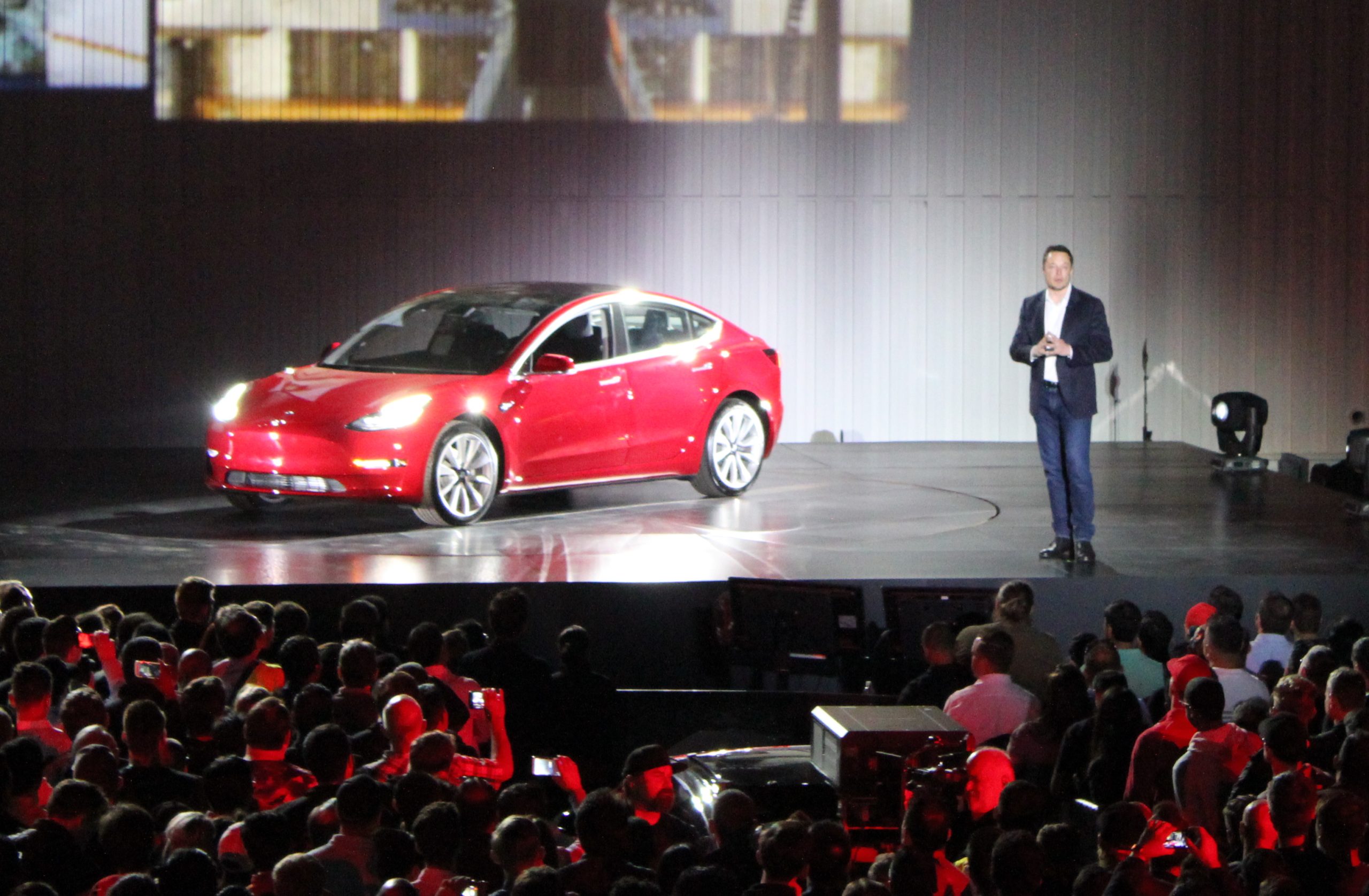
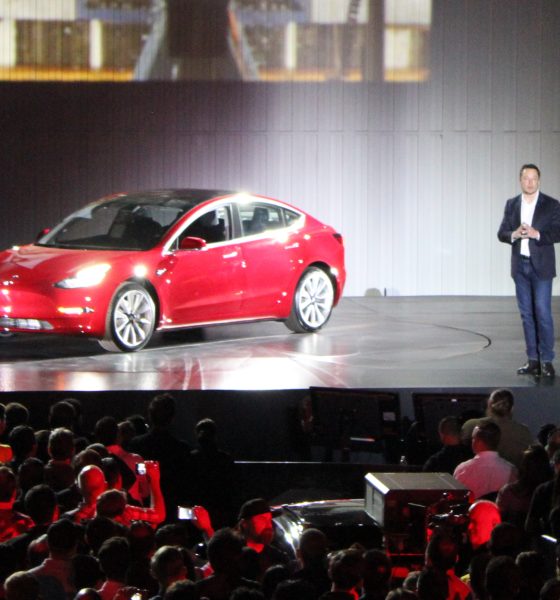
Energy
Tesla’s Master Plan turns 15 years old: What Elon Musk’s company has achieved so far
Fifteen years ago today, on August 2nd, 2006, Co-Founder and CEO of what was then called “Tesla Motors” Elon Musk put out his top-secret Master Plan. Essentially, the cleverly titled document outlined what Musk envisioned for Tesla a few years before it would ever pump an electric vehicle off its production lines. Musk, who has built Tesla from nothing to the world’s most valuable automaker, with the help of employees and other executives, of course, showed the plan that would take the company to the top. At the tail-end of the document, the general ideas of the “Master Plan” are explicitly listed, giving anyone with even a glimmer of skepticism a clear-cut plan of what was to come.
Musk’s four bullet points cleverly stated:
- Build sports car
- Use that money to build an affordable car
- Use that money to build an even more affordable car
- While doing above, also provide zero-emission electric power generation options.
1. Build a sports car
The Tesla Roadster was the automaker’s first car. Priced exclusively for those who were financially viable and well-known, the Roadster was essentially a fundraising device used by Tesla to get its name out there and generate capital for a second all-electric car. “Almost any new technology initially has high unit cost before it can be optimized, and this is no less true for electric cars,” Musk wrote in 2006. “The strategy of Tesla is to enter at the high end of the market, where customers are prepared to pay a premium, and then drive down market as fast as possible to higher unit volume and lower prices with each successive model.”
This is exactly what was accomplished. The Roadster was bought by celebrities and wealthy figures of the public who were driving an all-electric, sustainable vehicle that did not contribute to the global environmental crisis that was upon us. The Roadster was snagged up by stars like Olivia Newton-John, Leonardo DiCaprio, and others, all as a way to generate money so Tesla could dive into developing its next project: the Model S.
The Original Tesla Roadster (Credit: carforyou.ch)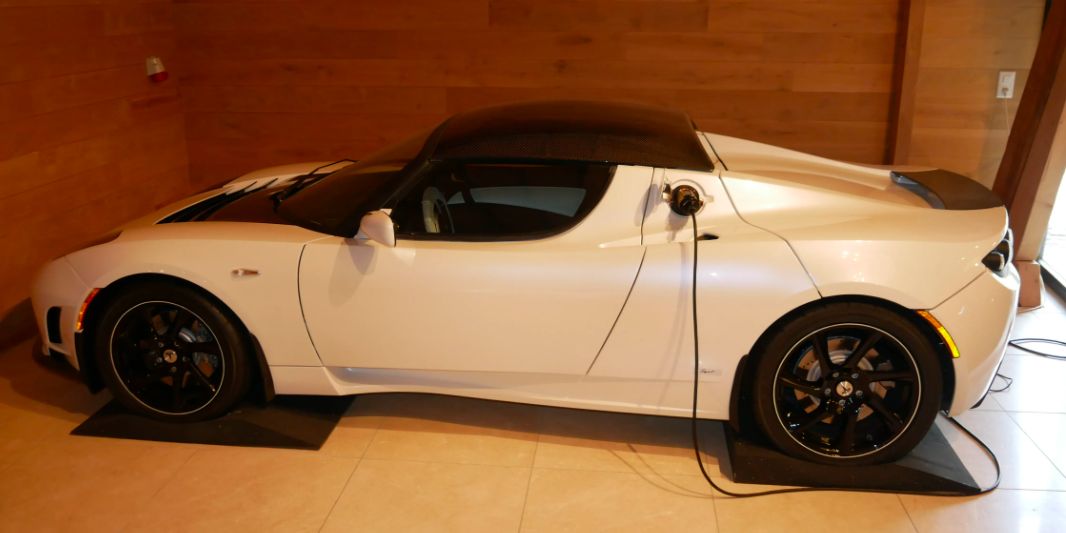
2. Use that money to build an affordable car
“Without giving away too much, I can say that the second model will be a sporty four-door family car at roughly half the $89k price point of the Tesla Roadster,” Musk said when speaking of the Model S before any concrete details were known.
Since the Model S was first released in 2012, it has accumulated several significant awards, including Motortrend’s Car of the Year award on several occasions. The Model S has also held high standards for crash safety and ranks among the safest vehicles on the market. After being reimagined with the recent release of the Model S Plaid, the flagship sedan from Tesla is better than ever before and is recognized as the fastest production car on the planet.
The Tesla Model S Plaid (Credit: Tesla)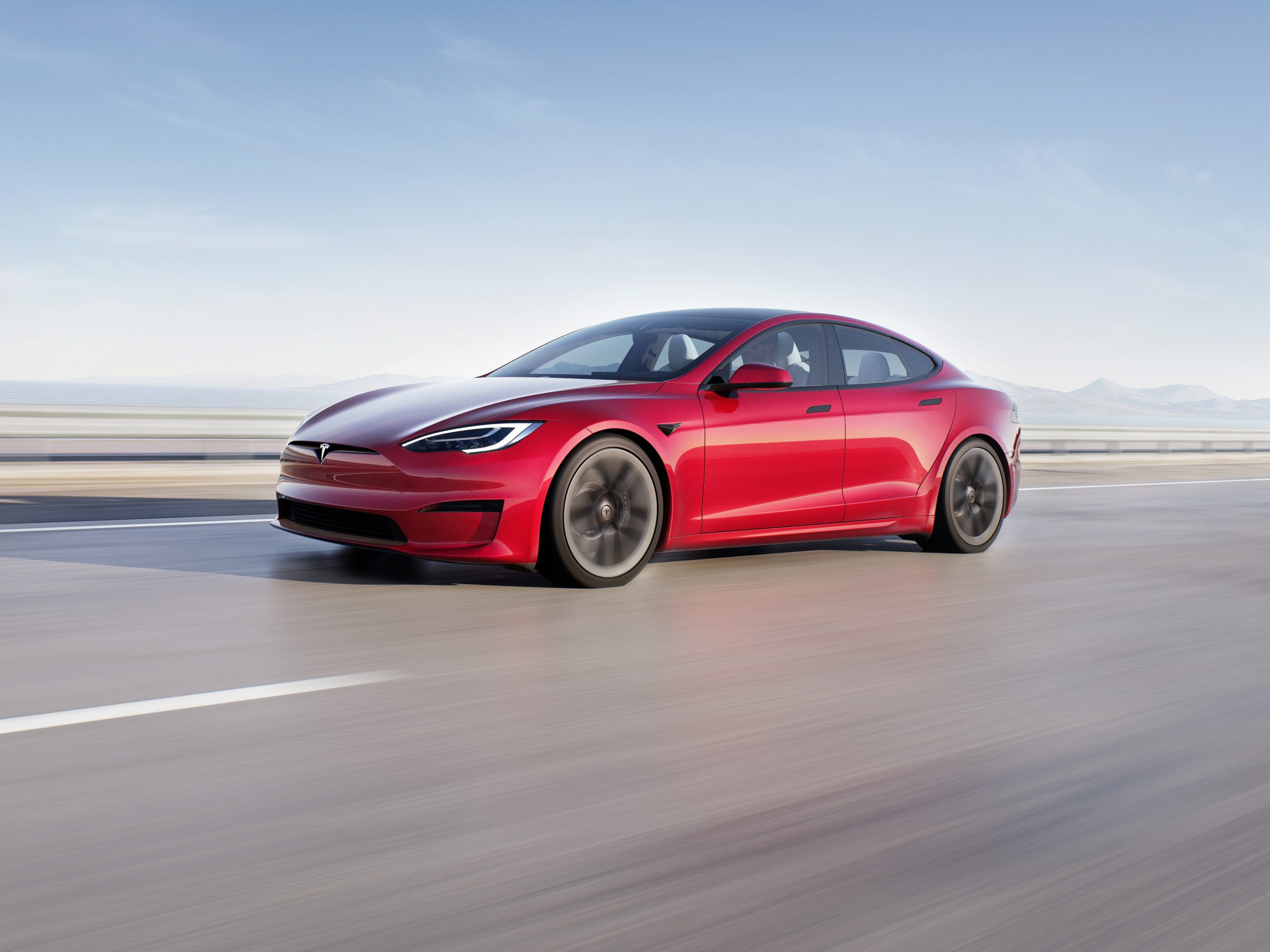
3. Use that money to build an even more affordable car
This is where Musk’s plan takes a slight detour. The Model X was actually produced before the Model 3, and it was not more affordable than the Model S. However, Musk’s recognition that Tesla customers needed a family vehicle ultimately put the Model X ahead of the Model 3. However, the plan was still going relatively well. The Roadster funneled money to the Model S program, which ultimately cultivated in the Model X. The Model 3 followed in 2017 and became Tesla’s first mass-market vehicle.
The Tesla Model X (Credit: Tesla)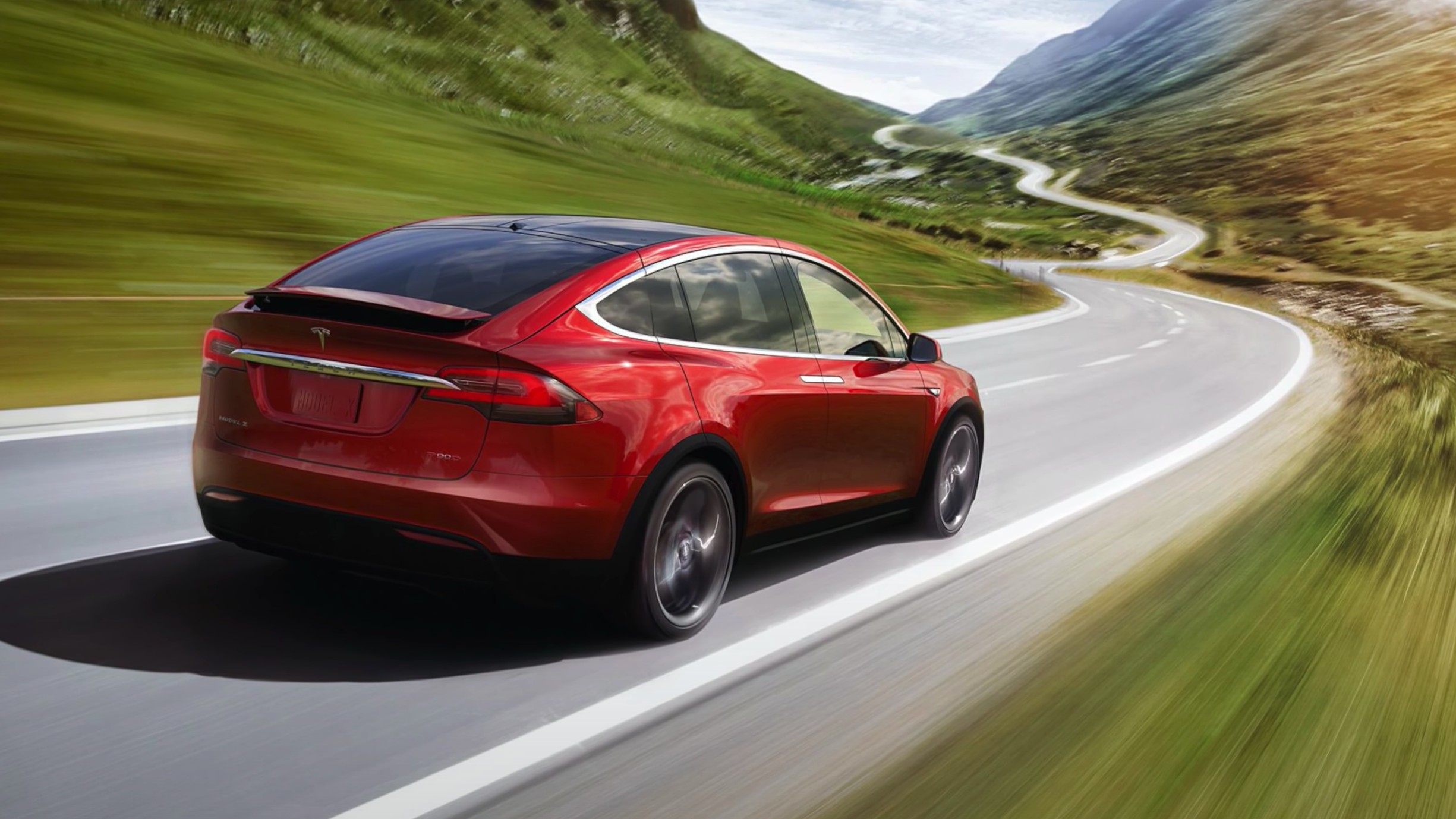
It was not an easy road to this point, however. Musk commonly refers to the Model 3 ramp as “production hell,” which was likely one of the most challenging phases of his life, likely comparable to when Tesla and SpaceX were nearly bankrupt in late 2008. The Model 3 ramp was met with difficulty due to scalability, production quality, and other bottlenecks that ultimately made the process much tougher than ever imagined. Musk has said that Tesla was on the verge of bankruptcy during the early phases of Model 3 production, stating that doors were about a month away from closing. It was “extreme stress & pain for a long time.”
Much like anything difficult, the Model 3 ramp was undoubtedly worth it. The vehicle managed to make Tesla a money-maker, and directly contributed to the company’s ongoing streak of profitable quarters. The Model 3 is on par with its sibling Model Y, which has become Tesla’s most popular car. The Model 3 still contributes substantially to the automaker’s increasing delivery and production figures that rise on a quarter-over-quarter basis to this day.
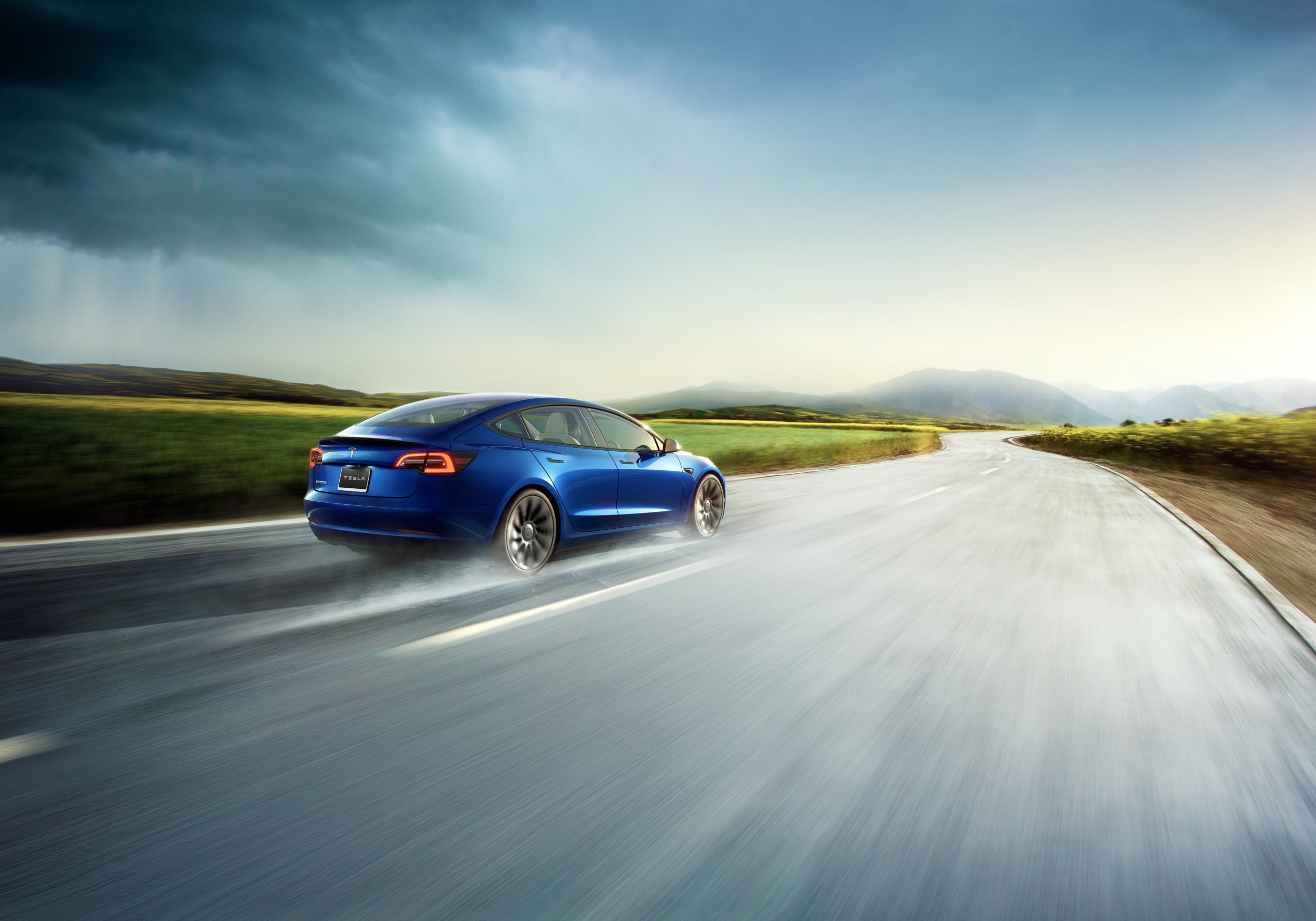
The Tesla Model 3 (Credit: Tesla)
4. While doing above, also provide zero-emission electric power generation options
While Tesla is most commonly noted for its vehicles, its energy division does not receive enough credit. Tesla Energy has continued to grow every quarter, and energy deployment and generation figures increase with every quarterly update the company provides. Most recently, Tesla stated that energy storage deployments more than tripled Year-over-Year in Q2, mainly driven by Megapack projects. Powerwall, Tesla’s residential energy storage option, continues to be in high demand and nearly doubled YoY in Q2. Additionally, Tesla’s solar deployments more than tripled YoY, reaching 85 MW in Q2.
Tesla’s energy program has helped residents worldwide avoid blackouts and power outages while also accumulating significant amounts of energy directly from the sun.
(Credit: Tesla)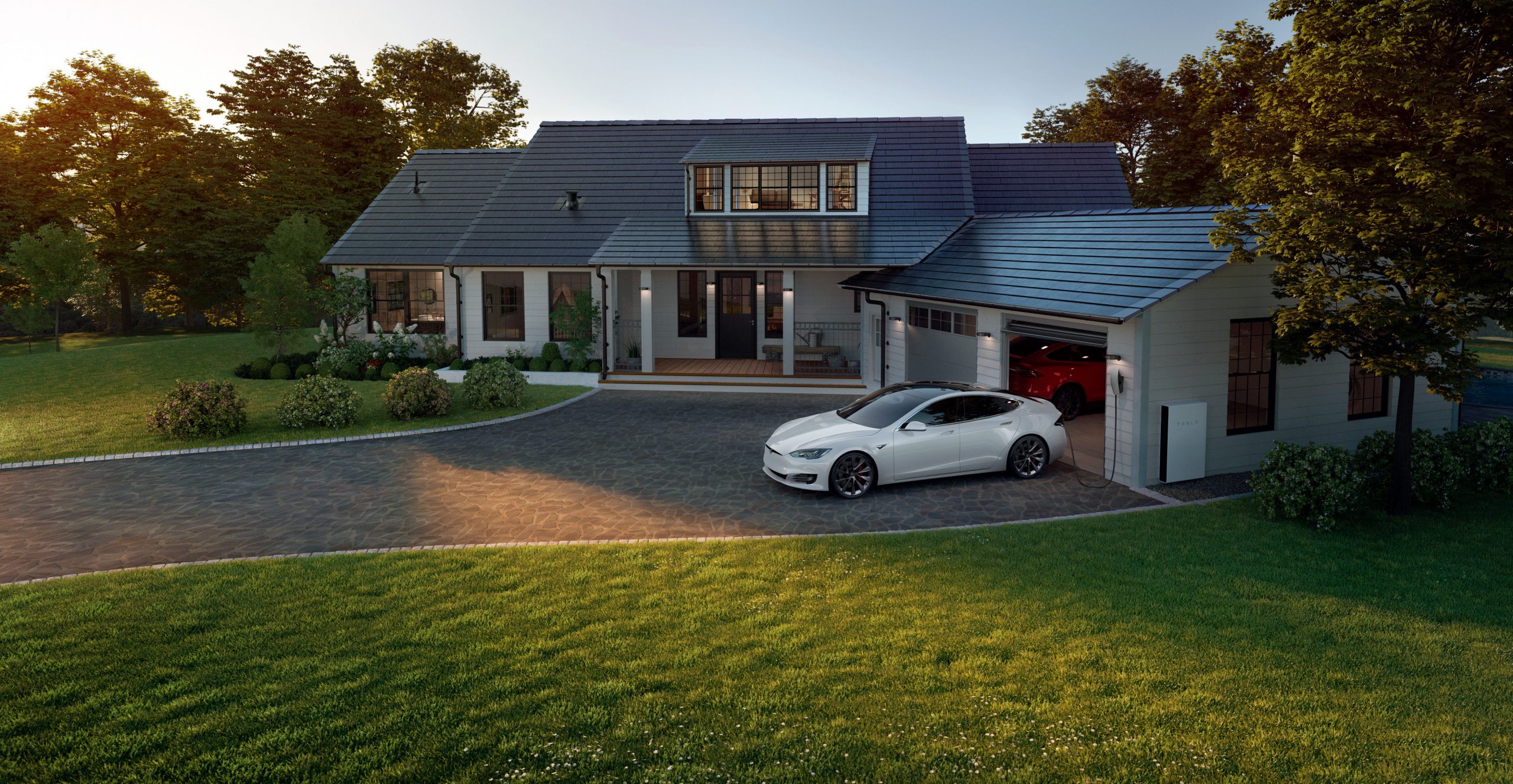
It is pretty safe to say that Tesla has done an outstanding job keeping up with Elon Musk’s top-secret Master Plan. But one last thing:
What do you think? Let us know in the comments below, or be sure to email me at joey@teslarati.com or on Twitter @KlenderJoey.
Hard to believe it’s been 15 years already.
Those goals actually precede the creation of Tesla by many years. Goes back to probably ~1992 when I was in college. However, at the time, I thought the chance of achieving those goals was very low.
— Elon Musk (@elonmusk) August 2, 2021

Energy
Tesla starts hiring efforts for Texas Megafactory
Tesla’s Brookshire site is expected to produce 10,000 Megapacks annually, equal to 40 gigawatt hours of energy storage.

Tesla has officially begun hiring for its new $200 million Megafactory in Brookshire, Texas, a manufacturing hub expected to employ 1,500 people by 2028. The facility, which will build Tesla’s grid-scale Megapack batteries, is part of the company’s growing energy storage footprint.
Tesla’s hiring efforts for the Texas Megafactory are hinted at by the job openings currently active on the company’s Careers website.
Tesla’s Texas Megafactory
Tesla’s Brookshire site is expected to produce 10,000 Megapacks annually, equal to 40 gigawatt hours of energy storage, similar to the Lathrop Megafactory in California. Tesla’s Careers website currently lists over 30 job openings for the site, from engineers, welders, and project managers. Each of the openings is listed for Brookshire, Texas.
The company has leased two buildings in Empire West Business Park, with over $194 million in combined property and equipment investment. Tesla’s agreement with Waller County includes a 60% property tax abatement, contingent on meeting employment benchmarks: 375 jobs by 2026, 750 by 2027, and 1,500 by 2028, as noted in a report from the Houston Business Journal. Tesla is required to employ at least 1,500 workers in the facility through the rest of the 10-year abatement period.
Tesla’s clean energy boom
City officials have stated that Tesla’s arrival marks a turning point for the Texas city, as it highlights a shift from logistics to advanced clean energy manufacturing. Ramiro Bautista from Brookshire’s economic development office, highlighted this in a comment to the Journal.
“(Tesla) has great-paying jobs. Not just that, but the advanced manufacturing (and) clean energy is coming to the area,” he said. “So it’s not just your normal logistics manufacturing. This is advanced manufacturing coming to this area, and this brings a different type of job and investment into the local economy.”
Energy
Tesla and Samsung SDI in talks over new US battery storage deal: report
The update was related by industry sources and initially reported by South Korean news outlets.

Recent reports have suggested that Tesla and Samsung SDI are in talks over a potential partnership to supply batteries for large-scale energy storage systems (ESS).
The update was related by industry sources and initially reported by South Korean news outlets.
ESS batteries to be built at Samsung’s Indiana plant
As noted in a report from Korea JoongAng Daily, the demand for energy storage systems has been growing rapidly in North America, thanks in no small part to the surge in AI investments across numerous companies. With this in mind, Tesla has reportedly approached Samsung SDI about a potential battery supply deal.
The deal is reportedly worth over 3 trillion Korean won (approximately $2.11 billion) and will span three years, according to The Korea Global Economic Daily. A battery supply deal with Samsung SDI could make sense for Tesla as the company already has a grid-scale battery, the Megapack, which is perfect for industrial use. Samsung SDI could simply supply cells for the EV maker.
Production of the batteries would reportedly take place at Samsung SDI’s joint venture factory with Stellantis in Indiana, which is currently under construction. Samsung SDI recently announced plans to use part of that plant’s EV lines to produce cells for ESS, with a targeted capacity of 30 GWh by the end of next year.
Tesla and Samsung’s partnership
At present, only a handful of manufacturers, including Korea’s LG Energy Solution, Samsung SDI, SK On, and Japan’s Panasonic, are capable of producing energy storage-scale batteries domestically in the United States. A Samsung SDI official issued a comment about the matter, stating, “Nothing has been finalized regarding cooperation with Tesla.”
The possible energy storage system deal adds another layer to Tesla’s growing collaboration with Samsung, which is already in line as a partner in the upcoming production of Tesla’s AI5 and AI6 chips. Early sample manufacturing of the AI6 is expected to begin in South Korea, with mass production slated for Samsung’s Texas-based Taylor foundry when it starts operations.
The AI6 chip will power Tesla’s next wave of high-volume projects, including the Optimus humanoid robot and the autonomous Cybercab service. Musk has called the partnership with Samsung a “real collaboration,” adding that he personally plans to “walk the line” at the Taylor facility to speed up progress.
Energy
Tesla VP hints at Solar Roof comeback with Giga New York push
The comments hint at possible renewed life for the Solar Roof program, which has seen years of slow growth since its 2016 unveiling.

Tesla’s long-awaited and way underrated Solar Roof may finally be getting its moment. During the company’s Q3 2025 earnings call, Vice President of Energy Engineering Michael Snyder revealed that production of a new residential solar panel has started at Tesla’s Buffalo, New York facility, with shipments to customers beginning in the first quarter of 2026.
The comments hint at possible renewed life for the Solar Roof program, which has seen years of slow growth since its 2016 unveiling.
Tesla Energy’s strong demand
Responding to an investor question about Tesla’s energy backlog, Snyder said demand for Megapack and Powerwall continues to be “really strong” into next year. He also noted positive customer feedback for the company’s new Megablock product, which is expected to start shipping from Houston in 2026.
“We’re seeing remarkable growth in the demand for AI and data center applications as hyperscalers and utilities have seen the versatility of the Megapack product. It increases reliability and relieves grid constraints,” he said.
Snyder also highlighted a “surge in residential solar demand in the US,” attributing the spike to recent policy changes that incentivize home installations. Tesla expects this trend to continue into 2026, helped by the rollout of a new solar lease product that makes adoption more affordable for homeowners.
Possible Solar Roof revival?
Perhaps the most intriguing part of Snyder’s remarks, however, was Tesla’s move to begin production of its “residential solar panel” in Buffalo, New York. He described the new panels as having “industry-leading aesthetics” and shape performance, language Tesla has used to market its Solar Roof tiles in the past.
“We also began production of our Tesla residential solar panel in our Buffalo factory, and we will be shipping that to customers starting Q1. The panel has industry-leading aesthetics and shape performance and demonstrates our continued commitment to US manufacturing,” Snyder said during the Q3 2025 earnings call.
Snyder did not explicitly name the product, though his reference to aesthetics has fueled speculation that Tesla may finally be preparing a large-scale and serious rollout of its Solar Roof line.
Originally unveiled in 2016, the Solar Roof was intended to transform rooftops into clean energy generators without compromising on design. However, despite early enthusiasm, production and installation volumes have remained limited for years. In 2023, a report from Wood Mackenzie claimed that there were only 3,000 operational Solar Roof installations across the United States at the time, far below forecasts. In response, the official Tesla Energy account on X stated that the report was “incorrect by a large margin.”









